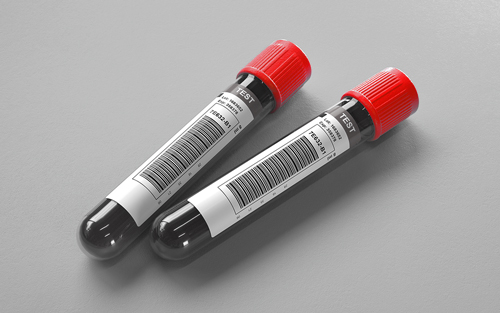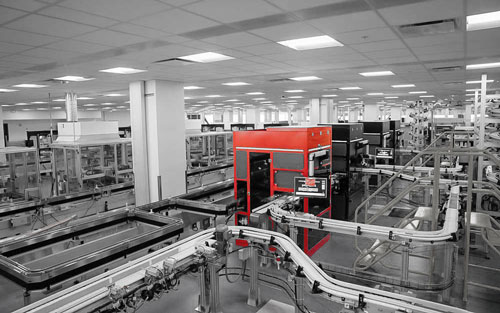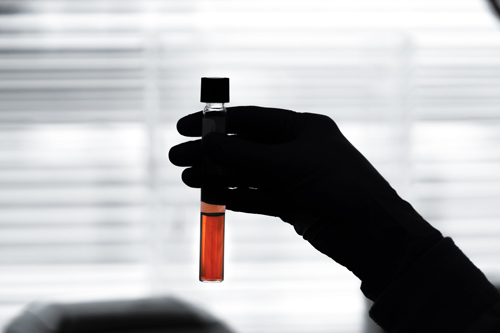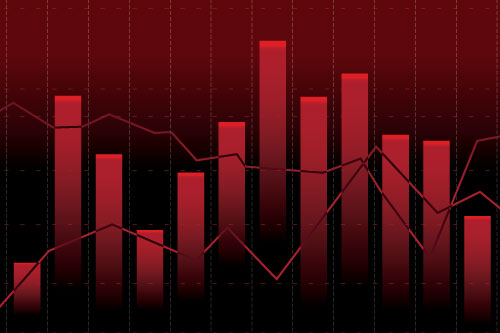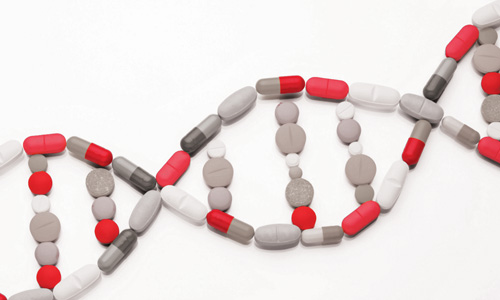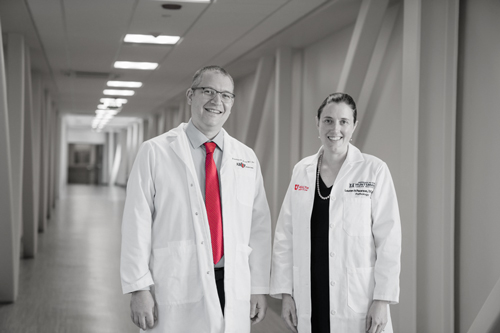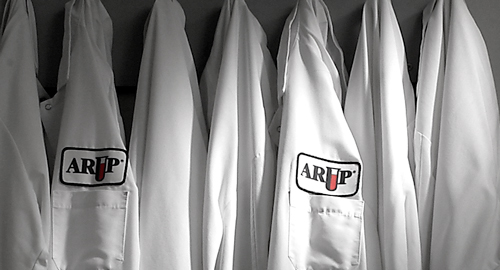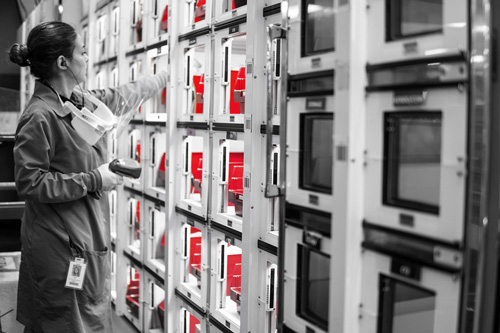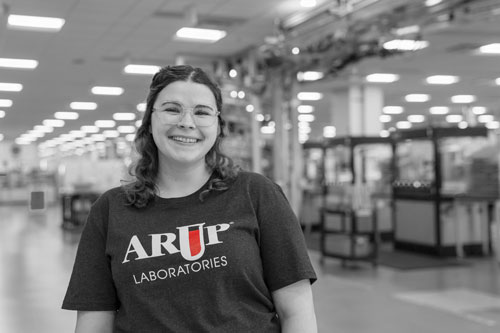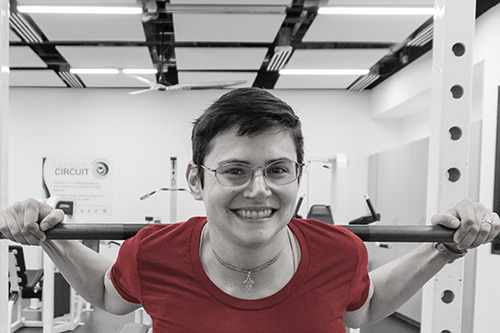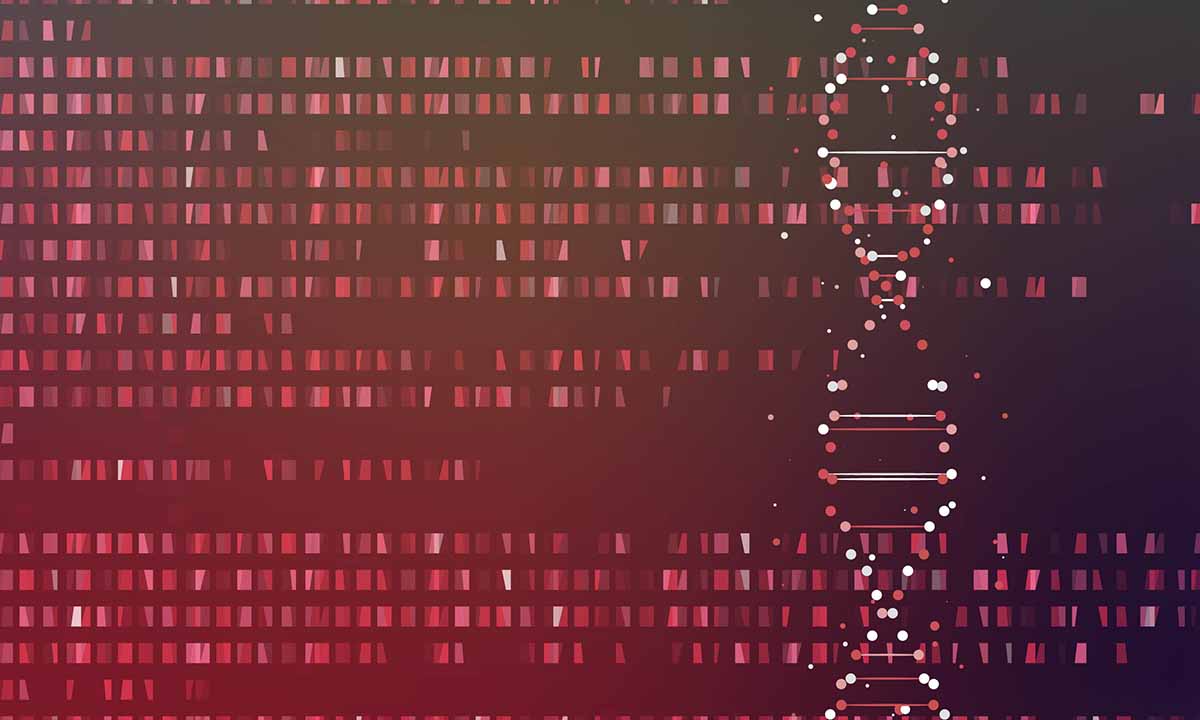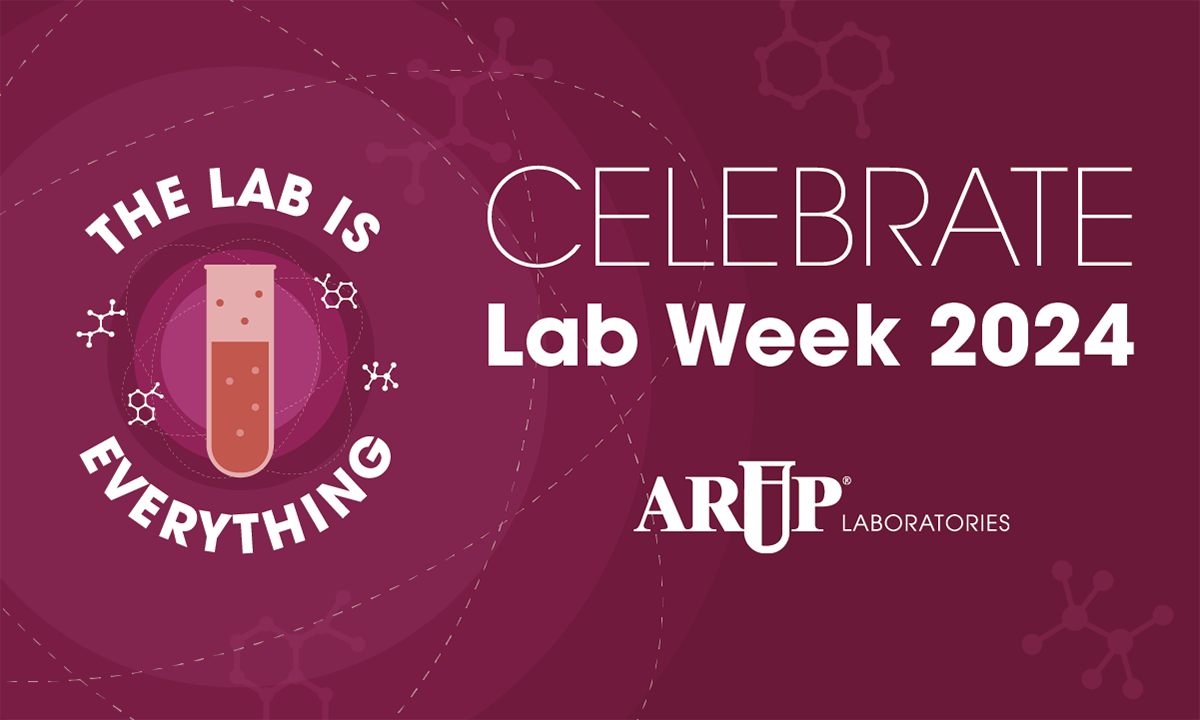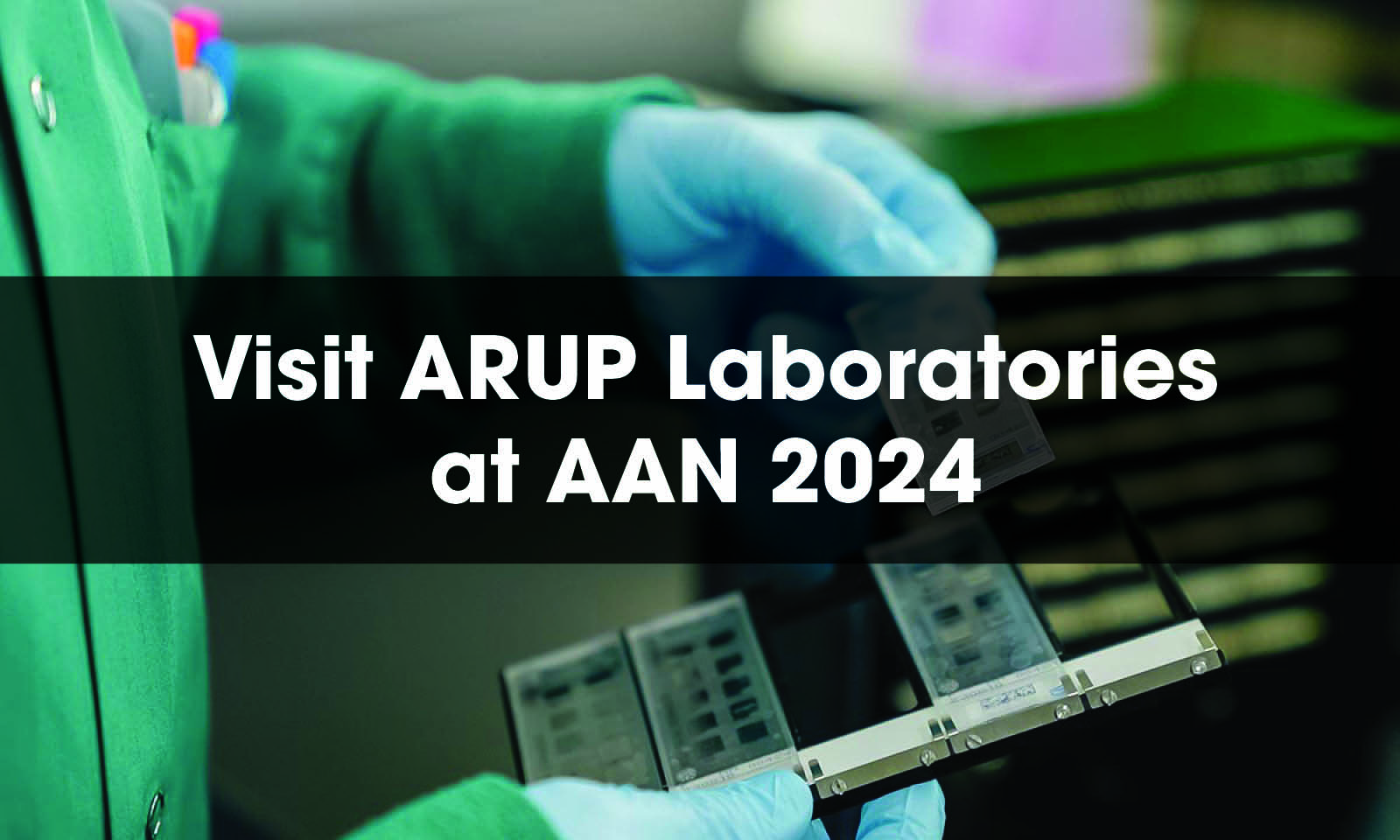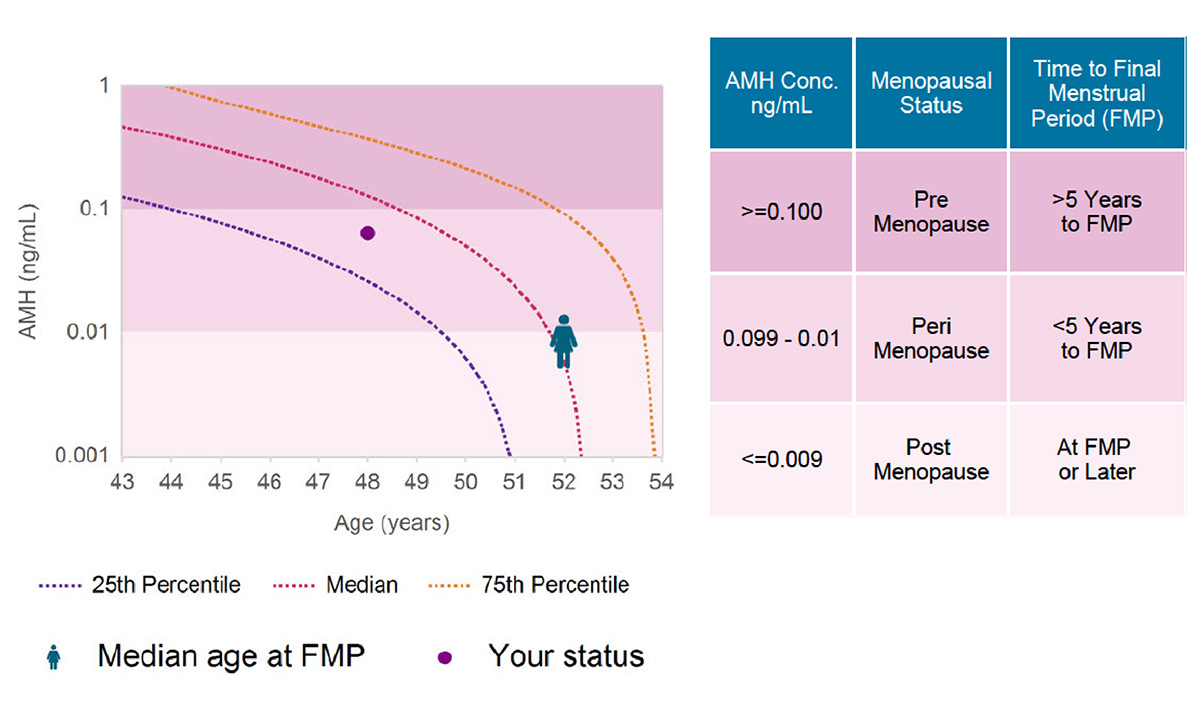The American College of Medical Genetics and Genomics (ACMG) recommends whole exome and whole genome sequencing (WES/WGS) be considered as a first- or second-tier test for patients with congenital anomalies (CAs), developmental delay (DD), or intellectual disability (ID). |
April 18, 2024 |
The ARUP Consult Laboratory Testing for Developmental Delay, Intellectual Disability, |
|
April 15, 2024 |
Jump Into Lab Week With Podcasts, Articles, and Lectures That Highlight the Value of Laboratories… Join ARUP in kickstarting Lab Week with a curated selection of podcasts, articles, and |
Come to booth #1038 to see ARUP’s showcase of various suites of neurology laboratory testing and meet ARUP medical directors and experts ready to answer questions. |
April 8, 2024 |
ARUP medical directors and experts will be present to discuss the latest developments in |
Tracy George, MD (third from right), ARUP’s chief scientific officer and president of the Innovation Business Unit, holds a zebra, the mascot for patients with rare diseases, and poses for a photo with participants in Salt Lake City’s Rare Disease Day event. Pictured, from left to right, are Tanner Withers, parent of a child with a rare disease, Troy Evans, undiagnosed patient with a rare disease, Rebecca Yates, parent of a child with a rare disease, Matt Pearl, patient with a rare disease, Ava and Lucy Szajunk, undiagnosed patients with rare diseases, George, Chris Gibson, PhD, CEO of Recursion, and Kelvyn Cullimore, president and CEO of BioUtah. |
March 1, 2024 |
ARUP Focuses on Diagnostic Innovation and Supporting Patients on Rare Disease Day ARUP is committed to continue offering quality, esoteric testing that can aid patients with rare diseases on |
MetaCensus is built to support the exchange and review of data by various stakeholders and performs multicriteria decision analysis (MCDA) to assess and account for varying perspectives, counterpoints, and biases. |
February 26, 2024 |
ARUP Experts Develop Tool to Help Reach Scientific Consensus and Speed Advances in Patient Care… MetaCensus is the first open-access data repository built for peer-review and meta- |
A better estimate of menopausal status will help providers and patients address both the symptoms of menopause and the associated risks, such as cardiovascular disease and osteoporosis. |
February 22, 2024 |
ARUP Offers FDA-Cleared Menopausal Status Test That May Help Women Protect Their Future Health The MenoCheck test helps providers treat women who are experiencing menopausal transition and manage |

